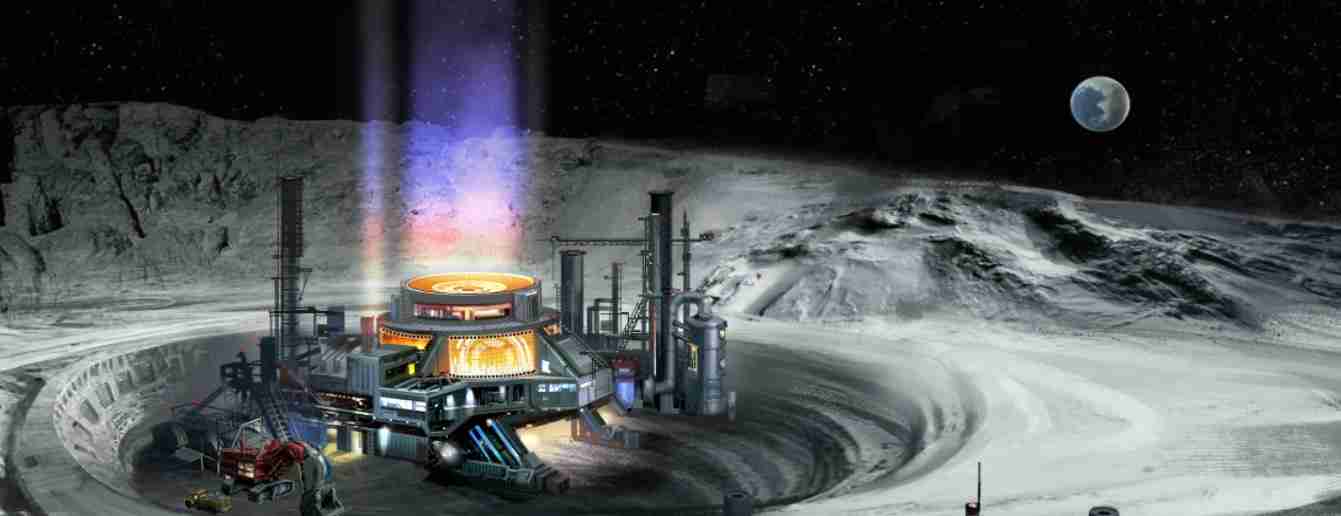What Is CoolGas (COOGA)?
CoolGas describes the way to build a purely peer-to-peer version of electronic cash would allow online payments to be sent directly from one party to another without having to establish trust. Soon, on Jan 9 2009, Nakamoto released version 0.1 of the bitcoin software and launched the network by defining the genesis block of bitcoin, the first “Bitcoin Mining” ever. Bitcoin network is designed to self-adjust in order to maintain a consistent 10-minute block verification time.
And a consistent factor that affects how long it takes to mine one bitcoin is what is referred to as the network’s hashing difficulty, which automatically adapts to network’s total CoolGas. Now a days, the most common unit used to measure mining power is TH/s, TeraHash per second, 10^12 calculations per second.
CoolGas Storage Key Points
| Coin Basic | Information |
|---|---|
| Coin Name | CoolGas |
| Short Name | COOGA |
| Circulating Supply | N/A |
| Total Supply | 150,000,000 |
| Source Code | Click Here To View Source Code |
| Explorers | Click Here To View Explorers |
| Twitter Page | Click Here To Visit Twitter Group |
| Whitepaper | Click Here To View |
| Support | 24/7 |
| Official Project Website | Click Here To Visit Project Website |
PoW Mining
CoolGas Bitcoin uses POW as a consensus mechanism. Instead of having a central authority issuer, new bitcoins enter into circulation by sophisticated hardware solving extremely complex computational math problems. The process is called Bitcoin Mining. Mining is structured as a race between miners, who compete to solve computationally intensive puzzles and become the first on the network to successfully validate a new block and pocket the reward. The solution to the puzzle is the block’s corresponding hash value. The probability that a participant will be the one to discover the solution is related to the one’s portion of the total mining power on the network.
Real World Mining
At first, bitcoin miners chose Intel or AMD CPU products as mining rigs. However, since CPU mining is a compute-intensive application, it is no longer profitable or even loss-making for CPU mining with an increase in the number of miners and the performance of mining rigs. The same story repeated in the upcoming 8 years, leading to centralisation of hashrate CoolGas witness today. Current mining landscape is made of up the following 4 stakeholders: mining rigs manufacturers, big miners, mining farms and mining pools.
CoolGas Around 2012/2013, miners started to use GPU or FPGA mining rigs. Shortly after, in mid 2013, a large number of ASIC mining rigs launched. From July 2013, network-wide total hash rate surged due to the large number of ASIC mining rigs put into operation. Based on the average hash rate in July 2013, all CPU mining rigs were unable to generate positive revenue, and FPGA mining rigs were close to zero return.
CoolGas Estimation based on the average hash rate in September 2013, all small ASIC mining rigs developed for individuals generated almost zero positive returns. Majority of the hash rate was dominated by clustered ASIC mining rigs with 5 TH/s or more. Mining individually was squeezed out of the mining community due to insufficient revenue. Some miners gathered money to build mining sites and installed massive mining rigs in places where cheap electricity was available.
Birth of CoolMining
CoolGas on Bitcoin Talk, called for a peaceful agreement among miners to delay the start of GPU mining race in order to provide the latter entrants a fairer environment. However, as the introduction of ASIC chips, miners opened a Pandora’s box. Total hash rate on bitcoin network surges as the chip technology advances and exceeded 100EH/s, E= 10^18, barricade.
CoolGas Without specialized mining rigs, ordinary computational equipment lost their places in the mining game. Specialized mining rigs are expensive to purchase, costly to maintain and complicated to operate. Only by scaling can one reduce the marginal cost to achieve a profitable margin, which in turns raises the entry barrier to the mining game even higher.
CoolGas As the development of blockchain technology, token standards like ERC-20, ERC-721 and ERC-1155 gained public recognition in forms of tokens and NFTs. CoolGas now are able to verify the ownership of an asset without relying on a third-party authority. This concept and its underlying value are understood by more and more people, that makes ordinary people participate in bitcoin mining possible.






